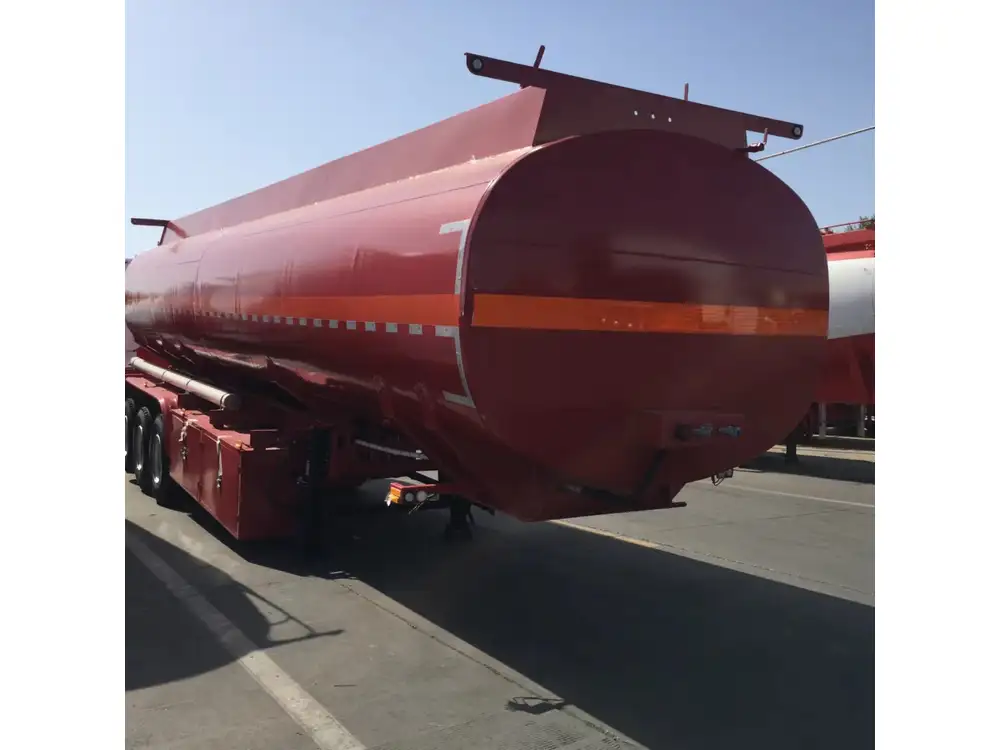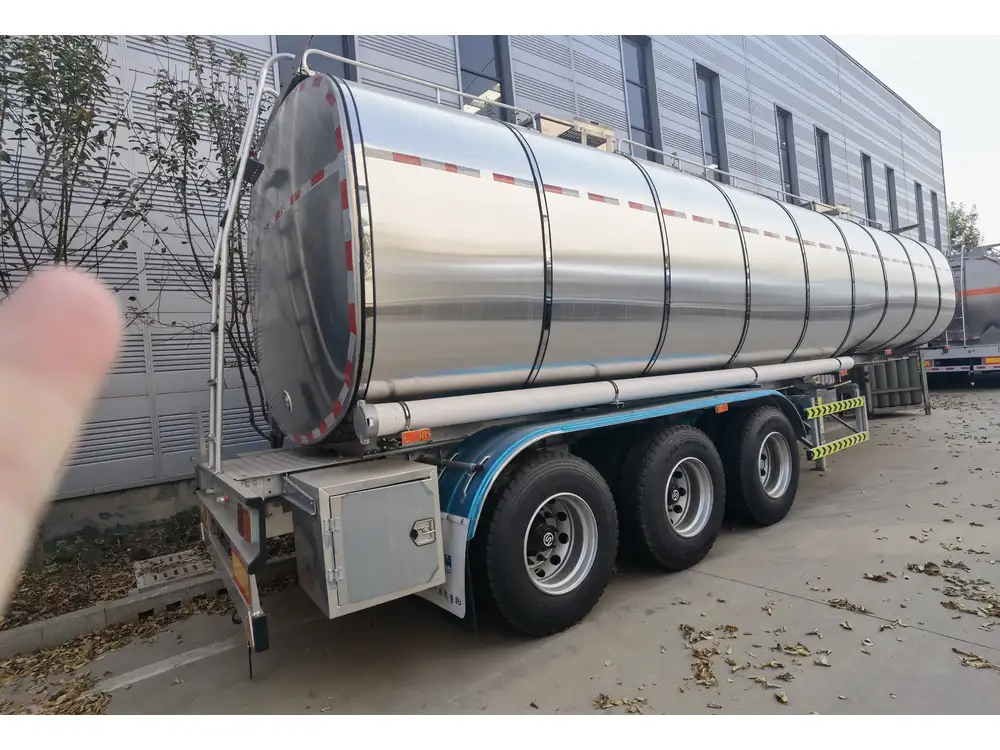Removing a winch from a flatbed trailer may seem daunting, but with the right knowledge and tools, it can be accomplished efficiently and safely. Semi-trailer manufacturers and users often find themselves in situations where a winch must be dismounted, whether for replacement, repair, or upgrade. This detailed guide will walk you through the necessary steps, precautions, and tips to ensure a smooth removal process.
Table of Contents
- Understanding Winch Types
- 1.1 Electric vs. Manual Winches
- 1.2 Common Applications of Winches
- Essential Tools and Equipment
- 2.1 Safety Gear
- 2.2 Hand Tools
- 2.3 Lifting Equipment
- Step-by-Step Process to Remove a Winch
- 3.1 Preparation and Initial Checks
- 3.2 Disconnecting Power Sources
- 3.3 Unsecuring the Winch
- 3.4 Lifting and Removing the Winch
- Troubleshooting Common Issues
- 4.1 Stuck Bolts
- 4.2 Electrical Failures
- Best Practices for Winch Maintenance
- Final Thoughts and Recommendations
1. Understanding Winch Types
Before diving into the process, it’s crucial to identify the type of winch that you are working with. Winches can greatly differ in design, mechanism, and functionality.

1.1 Electric vs. Manual Winches
- Electric Winches: Typically powered by a battery, these winches offer ease of use and require minimal physical effort to operate, making them suitable for heavy lifting.
- Manual Winches: Operated by hand cranks or levers, these winches are more compact and often used in lighter applications.
1.2 Common Applications of Winches
Understanding the applications of your winch will help ensure you take the right precautions during removal. Common uses include:
- Hauling vehicles
- Pulling logs or heavy equipment
- Lifting heavy objects for construction or maintenance
2. Essential Tools and Equipment
Equipping yourself with the right tools is vital for a successful winch removal project.

2.1 Safety Gear
Safety should always be the primary concern when dealing with winches:
- Gloves: To protect your hands from sharp edges.
- Safety Glasses: To shield your eyes from debris.
- Steel-Toed Boots: For protection from heavy items.
2.2 Hand Tools
Minimum tools needed for the job include:
- Socket Wrenches
- Adjustable Wrench
- Screwdrivers (Flat and Phillips)
- Pliers
- Torque Wrench
2.3 Lifting Equipment
In some cases, it may be necessary to lift the winch:
- Hoist or Crane: For heavy winches.
- Dollies or Hand Trucks: For easier transportation post-removal.

3. Step-by-Step Process to Remove a Winch
3.1 Preparation and Initial Checks
Before you start, ensure you have the work area well-lit and organized. Check your flatbed trailer’s specifications to understand winch positioning. If applicable, consult the winch’s user manual for any specific instructions regarding removal.
3.2 Disconnecting Power Sources
Locate the Power Supply: For electric winches, this typically involves disconnecting wires connected to the battery or controller. Carefully remove the connectors, taking note of their positions for re-installation.
Secure Loose Wires: Use electrical tape or zip ties to prevent wires from hanging or getting caught during the removal process.

3.3 Unsecuring the Winch
Identify Mounting Bolts: Look for the mounting bolts securing the winch to the flatbed. Typically, these will be either hex bolts or carriage bolts.
Loosen and Remove the Bolts: Using the appropriate socket size, begin loosening the bolts methodically. It’s important to apply even pressure and avoid stripping the bolts.
Check for Additional Hardware: Some winches may have additional safety chains or brackets. Make sure to remove these as well.
3.4 Lifting and Removing the Winch
Assess Winch Weight: Before lifting, ensure that you are aware of the winch’s weight. If it exceeds your lifting capacity, use a hoist or crane.
Lift the Winch Carefully: If working alone, be sure to use proper lifting techniques. Ideally, have an assistant present to help guide the winch as it comes free.
Move the Winch Away from the Trailer: Once detached, transport it to a designated area for storage or repair.
4. Troubleshooting Common Issues
While removing a winch, you may encounter obstacles. Here are a few common issues and potential solutions.

4.1 Stuck Bolts
- Apply Penetrating Oil: If a bolt refuses to budge, spray it with a penetrating oil and wait for several minutes.
- Use Heat: Carefully applying heat with a torch can help break down rust or corrosion.
- Use a Bolt Extractor: If all else fails, consider using a bolt extractor tool to remove stubborn bolts.
4.2 Electrical Failures
If you encounter electrical issues while disconnecting:
- Check Fuses: Inspect the fuse and replace it if necessary.
- Inspect for Short Circuits: Look for frayed wires or burnt connectors, and replace as needed.
5. Best Practices for Winch Maintenance
Preventing issues during the removal process often comes down to regular maintenance:
- Lubricate Components: Regularly apply appropriate lubricant to moving parts.
- Inspect Wiring: Regularly check for wear and tear on wiring.
- Perform Load Tests: Regularly verify that your winch can handle specified loads without failure.

Maintenance Checklist
| Task | Frequency |
|---|---|
| Visual Inspection | Weekly |
| Lubrication | Monthly |
| Load Testing | Quarterly |
| Wiring Inspection | Before Use |
6. Final Thoughts and Recommendations
Successfully taking a winch off of a flatbed trailer requires careful planning, the right tools, and a clear understanding of the steps involved. By adhering to safety protocols and following our comprehensive guide, you can ensure an efficient process that minimizes risk and maximizes safety.
Always remember, the complexities of winch design and installation can vary, so it is crucial to have a basic understanding of your specific equipment. As trends in the manufacturing of semi-trailers evolve, staying informed through continuous learning and sharing insights can greatly benefit your operational efficiency.
Equipped with this knowledge, you’re now prepared to tackle winch removal and maintenance tasks with confidence. Whether you’re upgrading, repairing, or replacing your winch, this guide serves as a critical reference point.



